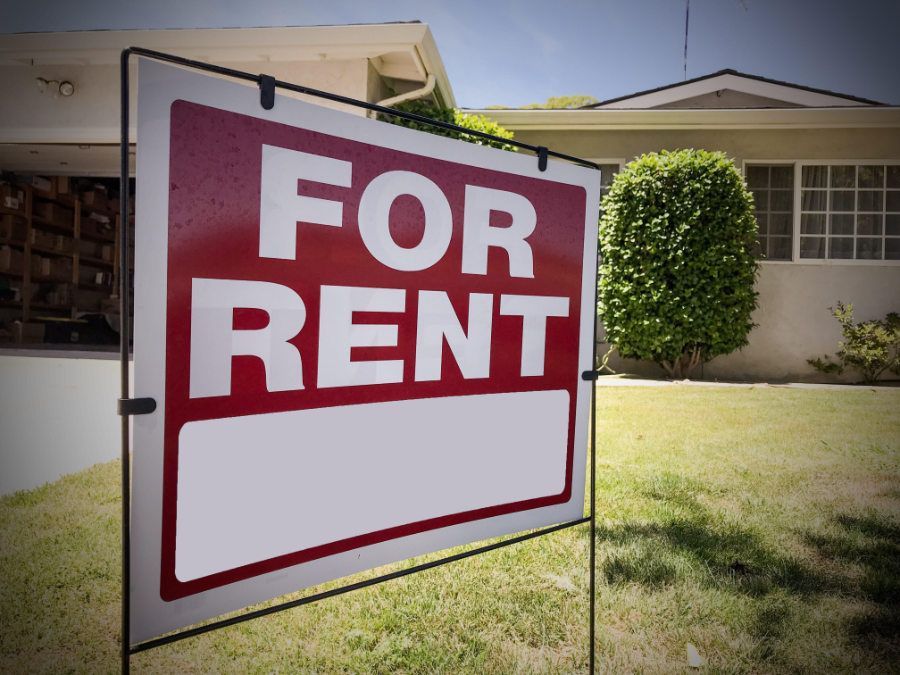Maximizing Your Long Beach Rental’s Outdoor Space
Outdoor Space Is Valuable Real Estate For Your Tenants

In Southern California, backyard areas are a necessity to enjoy the year-round heat and provide relaxation. Making the most of your Long Beach rental’s outdoor space will not only intrigue potential tenants but also increase your property value, earning you more profit and greater rental satisfaction.
Though designing and decorating your rental’s outdoor space may seem intimidating, here are a few tips and tricks to make the process a breeze.
Design Palette for Your Long Beach Rental
Much like planning any room indoors, outdoor spaces require a design palette that keeps everything structurally and aesthetically consistent.
For color, consider earthly tones rather than dramatic or vibrant colors that distract from nature’s beauty. You want your tenants' eyes to immediately be drawn to the beautiful foliage around them rather than a vibrant splash of color. Additionally, earthy tones on pillows and cushions blend well with wooden or metal furniture.
In terms of ground cover, grass, mulch, decomposed granite, or wood decking are all fantastic options. That said, given the warm climate and drought conditions that can impact Long Beach, grass can be very difficult and costly to care for, whereas decomposed granite is a much more cost-effective and environmentally-friendly option that looks sleek and is easy to maintain. Similarly, consider choosing drought-tolerant plants and succulents that can handle minimal watering but still look captivating, such as agave, aloe, bottle brush, hen and chicks, and moss rose. For more drought-tolerant plants,
Las Pilitas Nursery has a large list of options specific to the Long Beach area (while shockingly being located far from Long Beach).
How will you section your backyard for maximum tenant enjoyment?
Once you’ve decided on a design palette for your outdoor space, it’s time to start thinking about how you want to section off your backyard and what amenities you wish to include.
The most standard consideration is finding comfortable lounge seats, a dining set,
shade structures, and a grill area to provide your tenants with an area to cook steaks, host outdoor gatherings, or simply sprawl out and enjoy cocktails over conversation or the latest mystery novel. An outdoor living space is a rather simple yet major addition that will fascinate potential renters and utilize space that may otherwise remain empty.
Outdoor living spaces tend to work best on decks or surrounded by foliage that can provide extra coverage from the sun. Additionally, your rental could have multiple outdoor living spaces. Perhaps a dining set and grill on the deck and a fire pit amid the flora.
In a larger rental,
pools can be another fantastic expansion. Pools are a great way for your renters to get exercise, have fun with family and friends, or cool down all year long.
It’s best to place pools near your outdoor living spaces so that when tenants get out of the water they’re able to easily sit down and dry off. Furthermore, this allows those who aren’t swimming to still be around the action. That said, it’s important to provide a buffer between the barrier of the pool and any seating areas to keep tenants and their guests from getting splashed and to prevent accidental slips or falls into the pool.
Considering these steps and additions can make your rental’s backyard an exciting and beautiful space that tenants will come to love and use frequently. Talking with a property management company can help make the process of making design choices easier by helping you narrow down which ideas are best for your Long Beach rental. For further assistance, we invite you to call us today at (562) 888-0247, or you can fill out our online
Rental Analysis today.





